Modern light therapy devices prioritize your eye safety through advanced protection features and FDA-cleared standards. You'll find devices equipped with specialized protective eyewear, built-in safety measures, and automatic timers to prevent overexposure. Top brands like LumiThera and Celeste Light offer clinical-grade protection while delivering effective treatment for various conditions. When choosing a device, look for IEC 62471 compliance, risk group classifications, and maximum irradiance level controls. You'll want to follow manufacturer guidelines for distance and duration, and always wear the included protective goggles. Discover how these cutting-edge devices are transforming home light therapy while keeping your eyes safe.
Current Eye Protection Standards
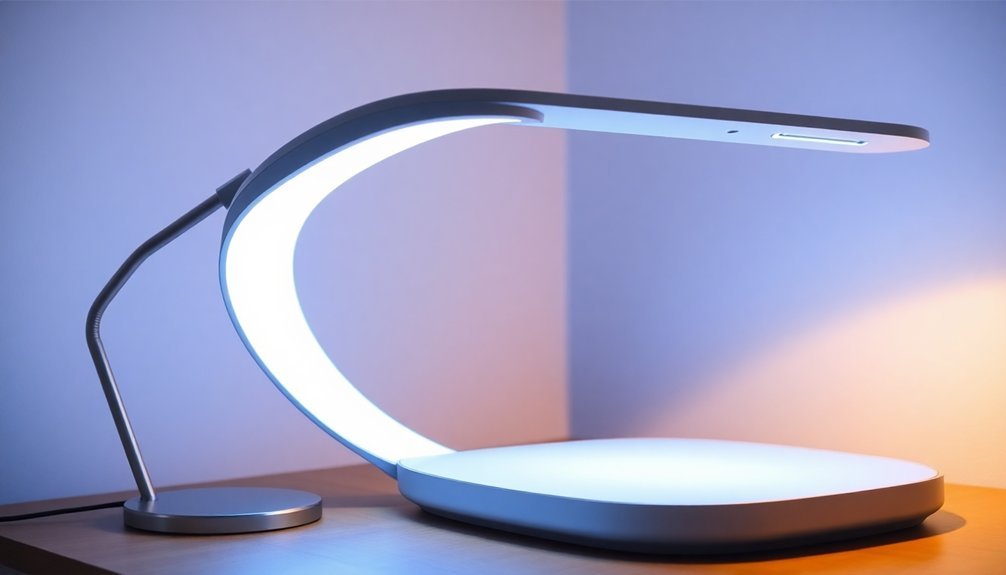
Safety standards for red light therapy devices demand strict compliance with international regulations like IEC 62471, which governs the photobiological safety of lamps and lighting systems. Each device must be classified into specific risk groups based on its intensity and potential eye hazards, ensuring you're informed about necessary precautions. Modern devices like Generation 3.0 achieve superior light intensity through advanced optics.
You'll find that all compliant devices include mandatory caution statements warning against staring directly at the light source. When using devices with NIR modes, you'll need to pay special attention to the beam window – the area directly in front of the device.
For high-intensity treatments or facial applications, you should wear protective eyewear to safeguard your vision.
Current standards set by organizations like ICNIRP and ANSI specify maximum irradiance levels to prevent thermal damage. For instance, infrared light exposure shouldn't exceed 10mW/cm2 for periods under 16 minutes and 42 seconds.
If you're using devices like Joovv's Generation 3.0 or Go 2.0, they'll come with specialized protective eyewear for use during NIR modes. When treating facial areas or if your eyes are within the beam window, it's crucial to use this protection.
Remember to keep children and pets away from the treatment area to prevent accidental exposure.
Top Eye-Safe Light Therapy Devices
Three standout light therapy devices lead the market in eye safety and effectiveness.
LumiThera's photobiomodulation device stands out for treating age-related macular degeneration, with their Light Sight I study demonstrating significant vision improvements in patients with dry AMD. This device is particularly useful if you're dealing with early-stage AMD symptoms.
For those concerned about myopia, especially in children, specialized red light therapy devices offer promising results by enhancing mitochondrial function in retinal cells. These devices require just three minutes twice daily for optimal therapeutic benefits. These devices come with essential protective features, including high-quality blackout goggles to prevent any unwanted light exposure.
The newest portable RLT devices feature high-density LEDs and built-in eye protection measures, making them ideal for at-home use. You'll want to look for FDA-cleared devices that include protective eyewear and detailed usage instructions.
Before starting any light therapy treatment, it's vital to consult with an eye care professional, particularly if you're targeting specific eye conditions. While these devices show promise, remember they're most effective when used according to manufacturer specifications and under professional guidance.
Essential Safety Features
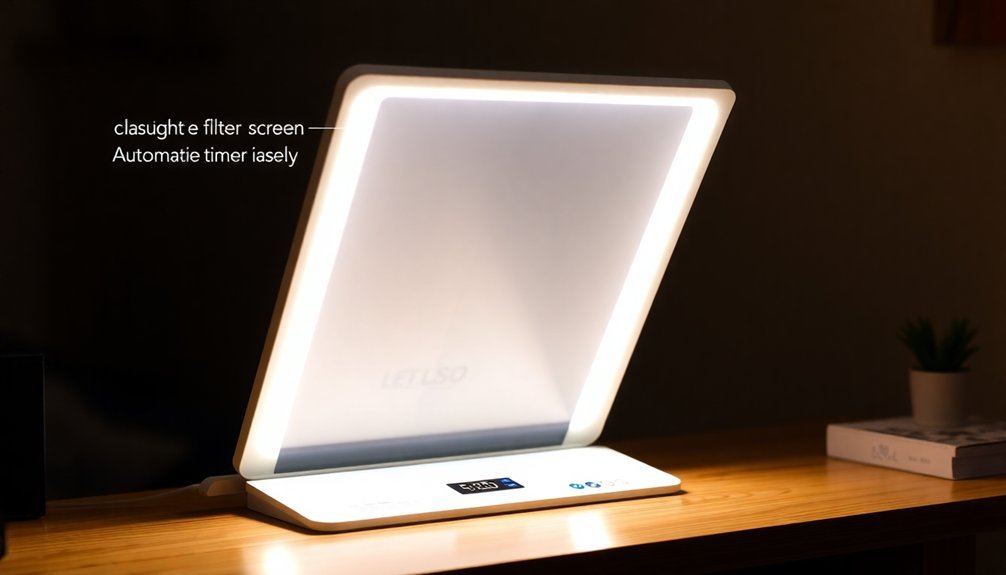
For effective eye protection during light therapy, essential safety features combine multiple layers of defense. You'll need proper protective eyewear, especially when using NIR mode or high-intensity devices. Blackout goggles specifically designed for LED therapy offer maximum protection, while built-in glasses in therapy masks provide an integrated safety solution. Studies show that non-invasive red light treatments are generally safe for ocular health when proper protection is used.
| Safety Feature | Purpose | User Action |
|---|---|---|
| Protective Eyewear | Shields retinas from intense light | Wear during entire session |
| FDA Clearance | Guarantees device safety standards | Verify before purchase |
| Built-in Protection | Provides integrated eye safety | Follow device instructions |
You shouldn't stare directly at the light source during operation, and you'll need to guarantee your protective eyewear covers your entire eye area. Keep children and pets away from the beam window during treatment sessions. While red light therapy doesn't emit UV radiation, you should still use sunscreen after treatments as your skin may be more sensitive. Always follow the manufacturer's instructions carefully, and don't skip eye protection even during brief sessions. Remember that comfort features like adjustable straps can help you maintain proper protection throughout your treatment.
Clinical Research Proven Results
Recent clinical trials have demonstrated impressive results across multiple eye-related conditions using light therapy devices.
You'll find particularly compelling evidence in myopia control, where Repeated Low-Level Red Light therapy has shown up to 75% reduction in progression compared to control groups, without any severe adverse events.
For Parkinson's patients, the Celeste Light device has achieved breakthrough status with the FDA, improving both motor and non-motor functions through targeted photoreceptor stimulation. The device requires just one hour daily for optimal therapeutic benefits.
The Valeda Light Delivery System's promising results in treating dry AMD have led to expanded research through the EUROLIGHT study, which will track 500-1,000 patients over three years.
You're looking at scientifically-backed treatments that can be administered at home, often through telemedicine supervision.
- 💡 Your child's myopia progression could be reduced by two-thirds with RLRL therapy
- 🌟 You'll maintain independence longer with FDA-breakthrough Parkinson's light therapy
- 👀 Your AMD symptoms might stabilize using triple-wavelength photobiomodulation
These evidence-based results showcase light therapy's potential as a non-invasive treatment option that's revolutionizing eye care management across multiple conditions.
Home Treatment Best Practices
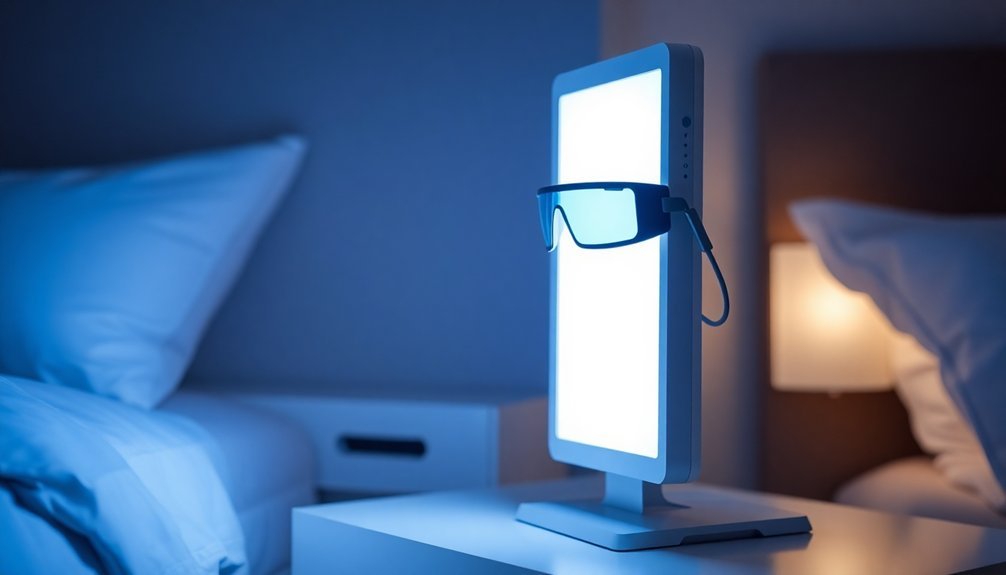
Safe and effective home light therapy treatments require meticulous attention to protective measures and proper setup.
You'll need to establish a dedicated space that's well-ventilated and free from distractions to maximize your treatment's effectiveness.
Always wear FDA-approved protective goggles that match your specific type of light therapy. Your goggles should block harmful UV rays while providing appropriate dimming for your comfort.
Make sure they're properly fitted and adjusted before each session, and keep your eyes closed during treatment for added protection.
Set up your device according to the manufacturer's guidelines, paying careful attention to the recommended distance and treatment duration. You'll want to use the built-in timer to prevent overexposure and adjust the intensity levels as specified for your particular treatment protocol.
Don't forget to maintain your equipment regularly. Clean your device and goggles after each use, and inspect them for any signs of wear or damage.
If you're new to light therapy, consult with a healthcare professional before starting your treatment regimen. They can help you understand potential risks and guarantee you're following the safest practices for your specific needs.
Frequently Asked Questions
Can I Wear Contact Lenses During Light Therapy Sessions?
While you can wear contacts during light therapy, they don't provide adequate eye protection. You'll need proper protective eyewear like specialized goggles or blackout goggles for complete safety during your sessions.
How Often Should Protective Goggles Be Replaced for Optimal Safety?
You should replace your protective goggles every 6-12 months, or immediately if you notice any damage. Always follow your manufacturer's guidelines and inspect them before each use for maximum safety.
Does Skin Color Affect the Need for Different Levels of Eye Protection?
Your skin color doesn't affect your need for eye protection during light therapy. You'll need the same level of protective eyewear regardless of melanin levels, as your eyes' sensitivity isn't linked to skin tone.
Are Children Allowed to Undergo Light Therapy With Proper Eye Protection?
Yes, your child can safely undergo light therapy when wearing proper eye protection. You'll need to make certain they use correctly fitted phototherapy goggles that match their size and follow all safety guidelines from healthcare providers.
Can Certain Medications Increase Eye Sensitivity During Light Therapy Treatments?
Yes, you'll need to be careful as certain medications like NSAIDs, tetracyclines, antihistamines, and antipsychotics can make your eyes more sensitive during light therapy. Always consult your doctor about medication interactions first.
In Summary
You've now got the knowledge to safely use light therapy at home while protecting your vision. Remember to choose devices with built-in eye protection features, follow the manufacturer's guidelines, and maintain proper distance and exposure times. Don't skip safety precautions – your eyes deserve the best care. With these 2024 eye-safe options, you'll reap light therapy's benefits without compromising your eye health.
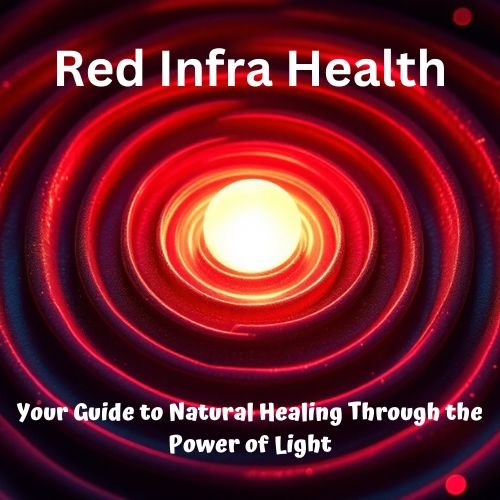


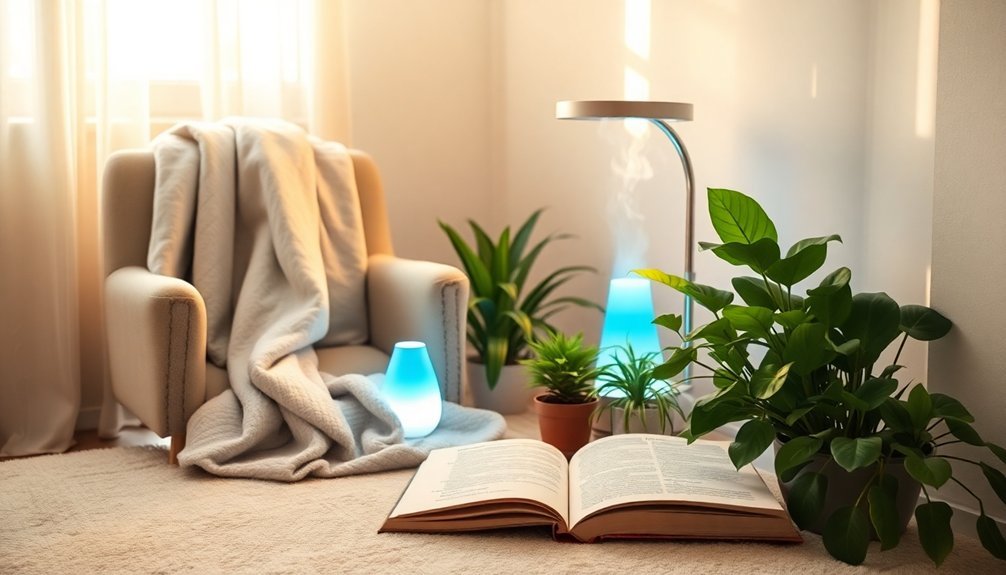

Leave a Reply